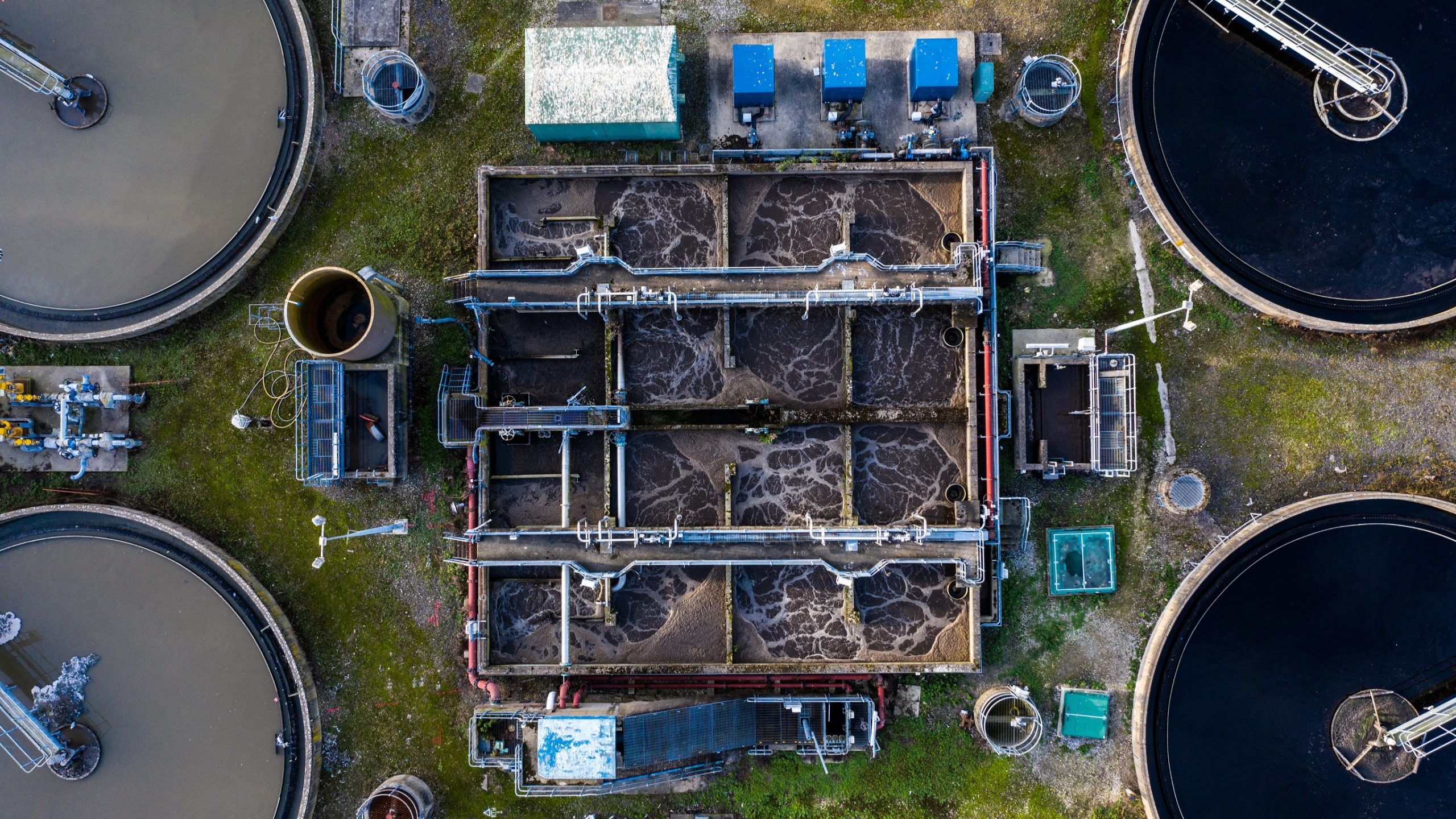
Transformational asset management has finally come of age. And, as climate change bears down on the water industry, it’s just in time. We need every asset to perform more efficiently, be fully integrated into the system in which they operate, and ensure that every decision delivers value. With leaps in both technology and methodology, that’s now possible.
Climate change is triggering a range of thorny dilemmas. Although investors, regulators and customers want nature-positive solutions, improvements in water quality and a resilient water supply in the years ahead, the scale of change required to meet this array of targets is monumental. Spending in this next Asset Management Period (AMP) is predicted to skyrocket, as water companies attempt to undertake the most profound transformation this industry has ever been through. Against the backdrop of an affordability crisis, it’s never been harder for water companies to deliver the highest value to their customers.
That’s why, whatever the question, better asset management is a key solution. Integrated with the expertise of engineers, economists and systems thinkers, digital innovation has brought about a sea change in our ability to generate systems-level insight. Fed by operational data and connected to broader value frameworks, from sustainability to net zero goals, we can now make better strategic and tactical decisions. So, not only can we meet individual challenges, but we can hone and adapt our asset bases to address the complex matrix of wider community challenges, in a focused, deliberate, and cost-effective way.
Bridge over troubled water
There are no simple shortcuts to transformation. First, we need to first get better at understanding and integrating the disparate elements of our systems. Over the last decade, we’ve seen a consistent reduction of silos across asset bases. Every price review sees a huge effort to improve line of sight, drive automation, and target investment more precisely across portfolios.
At the same time, we’re still lacking a critical level of integration. To frictionlessly convert data to insight, then decisions to interventions, we need a different approach to solution development and delivery, changing legacy ways of working that hamper our ability to harness innovations. With better integrated data, we can generate visibility at the systems-level, a vital component in developing organisational intuition, and in turn, a positive feedback loop of holistic decision making and smarter interventions. Systems-thinking, filtered down into specific projects, will then help improve our future projects. If we integrate existing hydraulics models and systems into, say, the design of existing brownfield sites, what can we learn for future designs?
Yet how we use our current asset base is as important as building new, high-performing assets. Investment in intelligent, data-driven operations and maintenance can help us predict asset performance more accurately, foresee assets future condition, identify failure points, and optimise maintenance schedules, allowing us to be proactive instead of reactive. Through reliable insights into asset performance, we can improve both financial and sustainability performance indicators in our operation, galvanising solutions into blue-green solutions whilst delivering a better bottom line.
Does what it says on the twin
Digital twins clearly illustrate the promise and benefits of digital asset management. By creating a digital representation of performance or geolocated visual assets, and visualising the future system within which they operate, we can model and scenario test our assets to drive efficiencies and cost-effectiveness in the real world. Particularly for specific use-cases, such as decarbonisation, these are the future of asset management.
However, too often we see twins sold on the market as a boxed product and silver bullet.. Most often, organisations are creating what technologists call ‘digital shadows’ of their assets with limited ability to generate real insight. That’s why integrating the technology with organisational, multidisciplinary know-how is as valuable as the technology itself. But to do that, we need to help organisations really understand their specific needs and existing asset base, and develop fresh ways of working to overcome their new skills challenge.
A real asset
Those principles underlie our work in applying twins for our clients. Our twin work at Beckton Sewage Treatment Works was a UK first, demonstrating the power of an integrated model. Each project adds to the next level of learning about application, bringing new use cases and user stories to life. We are now working with Severn Trent to apply this approach to deliver the world’s first Carbon Net Zero Waste Water Treatment Works. Not only can we extract greater insights from our operating environments; but, as new designs, innovations and builds come online, these processes will only get faster, stronger and better in the future.
But collecting data isn’t enough: you need to collect the right data, and finding the balance demands industry-specific knowledge complemented with technical expertise. Moreover, we need to accept the gaps in our knowledge and be open to integrating best practice from other industries. From rail to highways, mining to nuclear, disparate sectors are all developing our broader understanding of data, and how to use it to catalyse and enact transformation.
The challenges of our changing world are unprecedented in scale. But it’s also a golden opportunity to embrace technology, reimagine our relationships with each other and the natural world. Asset management is at the heart of it all, connecting hydraulics to econometrics, building design to biodiversity. So, if we aid the water industry radically to improve its asset management, we can help accelerate progress towards every solution being the right solution.




